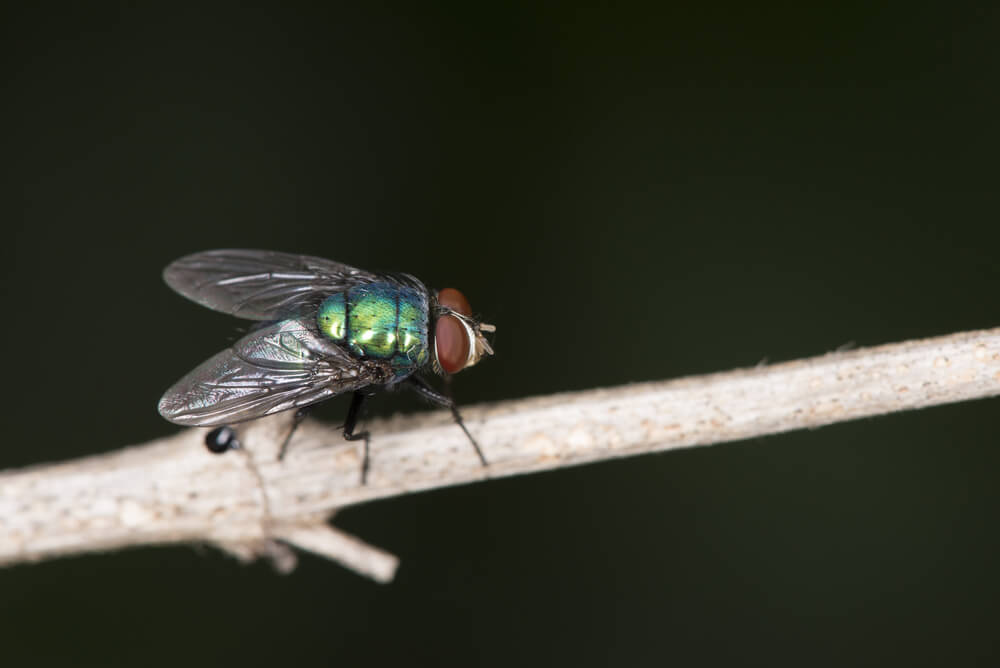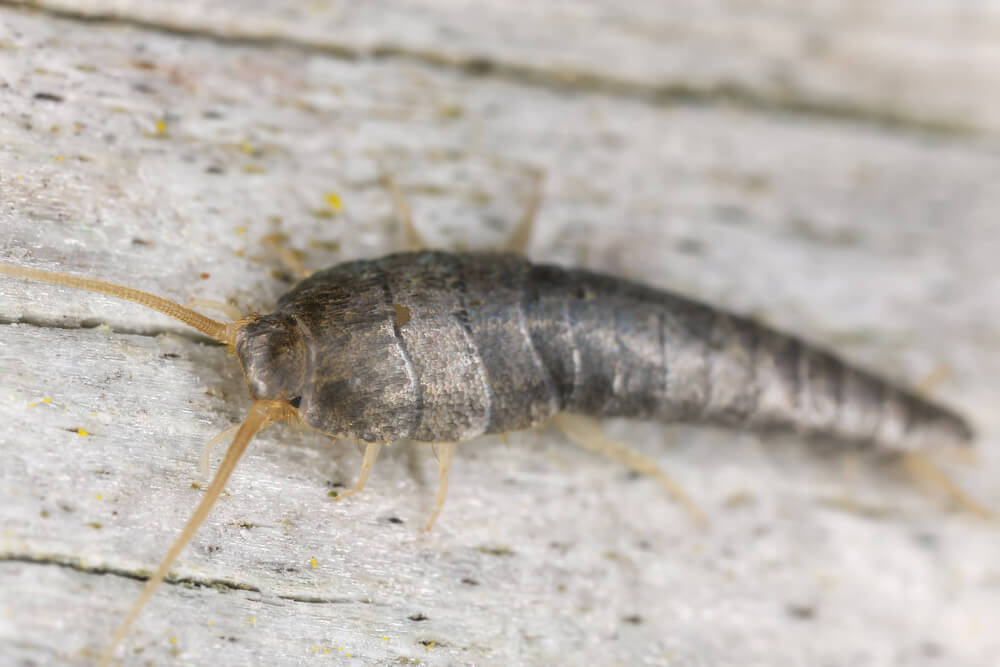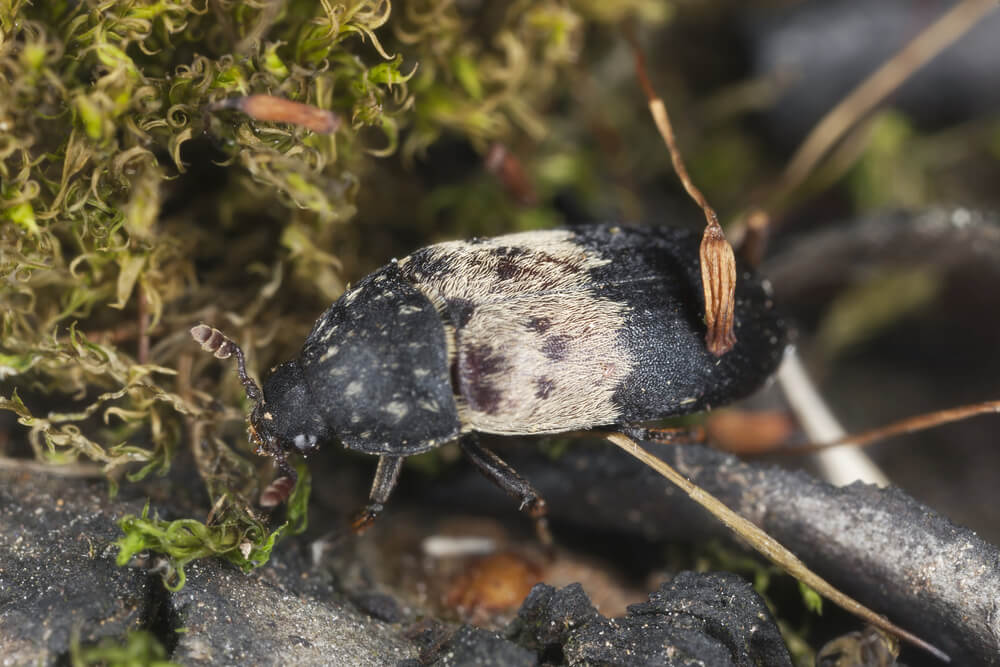Category: Occasional Invaders
Centipede
Chilopoda

Details
Size
Length: >12"
Width: >1/2"
Color Red / Brown / Orange
DIVERSITY >8,000
Summary
Centipedes and millipedes are not insects because they have more than six legs, but they are closely related invertebrates. When outdoors, these invertebrates are innocuous organisms, but they may be considered centipede pests when they share living space with us. Both of these groups of invertebrates have long, segmented bodies with either one pair (centipedes) or two pairs (millipedes) of legs on each segment. Their food preferences vary greatly.
Habitats
The house centipede is found throughout the United States. This centipede can be found outside under stones, boards, or sticks or beneath moist leaf litter and other organic matter. When disturbed, centipedes move swiftly toward darkened hiding places. When they are found in homes, they are often found in moist basements, damp closets and in bathrooms. Centipedes require moist habitats. If they are plentiful, there may be an underlying moisture problem that should be corrected.
Threats
Some species of centipede can be hazardous to humans because of their bite. Although a bite to an adult human is usually very painful and may cause severe swelling, chills, fever, and weakness, it is unlikely to be fatal. Bites can be dangerous to small children and those with allergies to bee stings. The bite of larger centipedes can induce anaphylactic shock in such people. Smaller centipedes usually do not puncture human skin.

Causes Property
Damage



































































